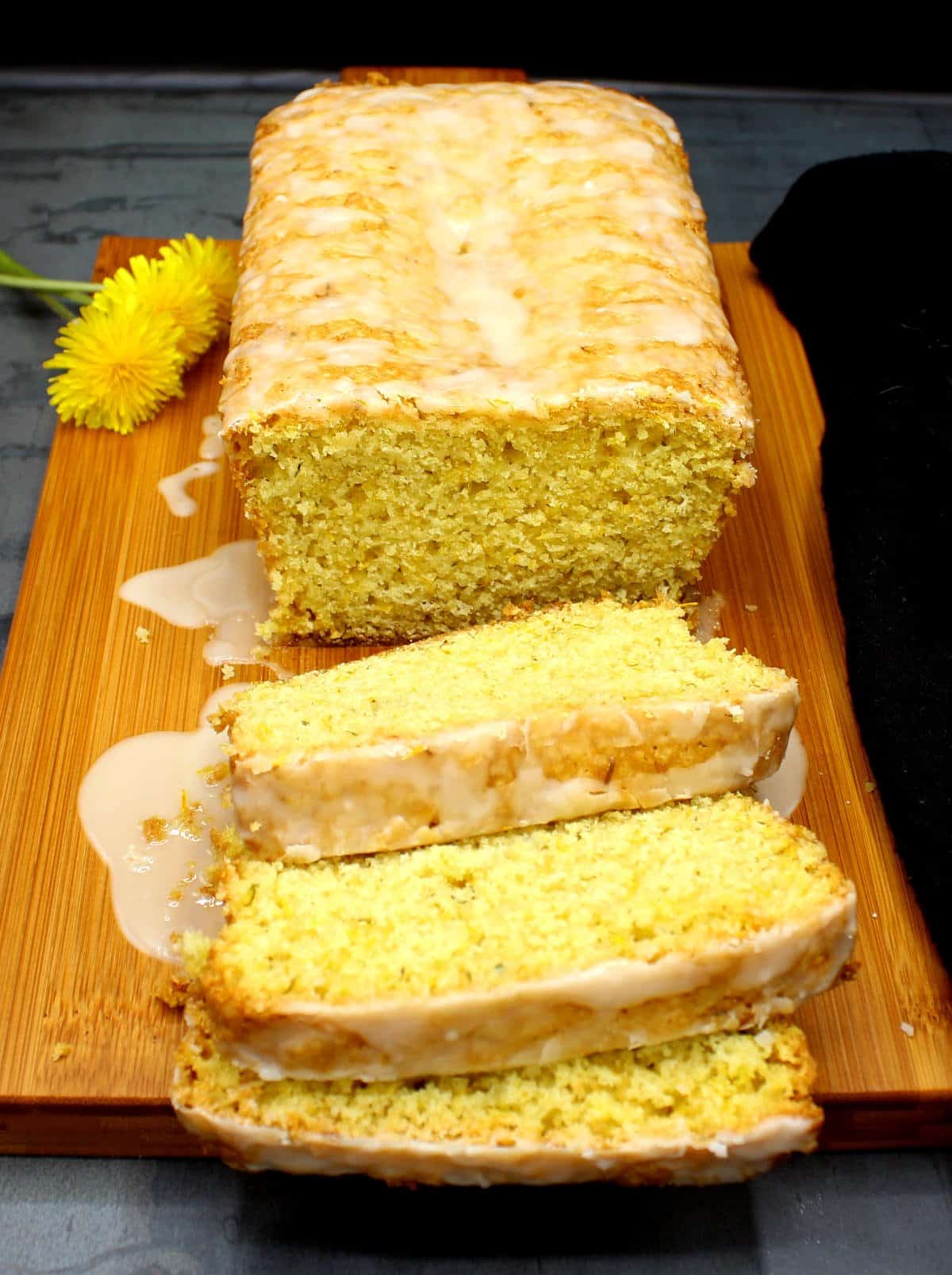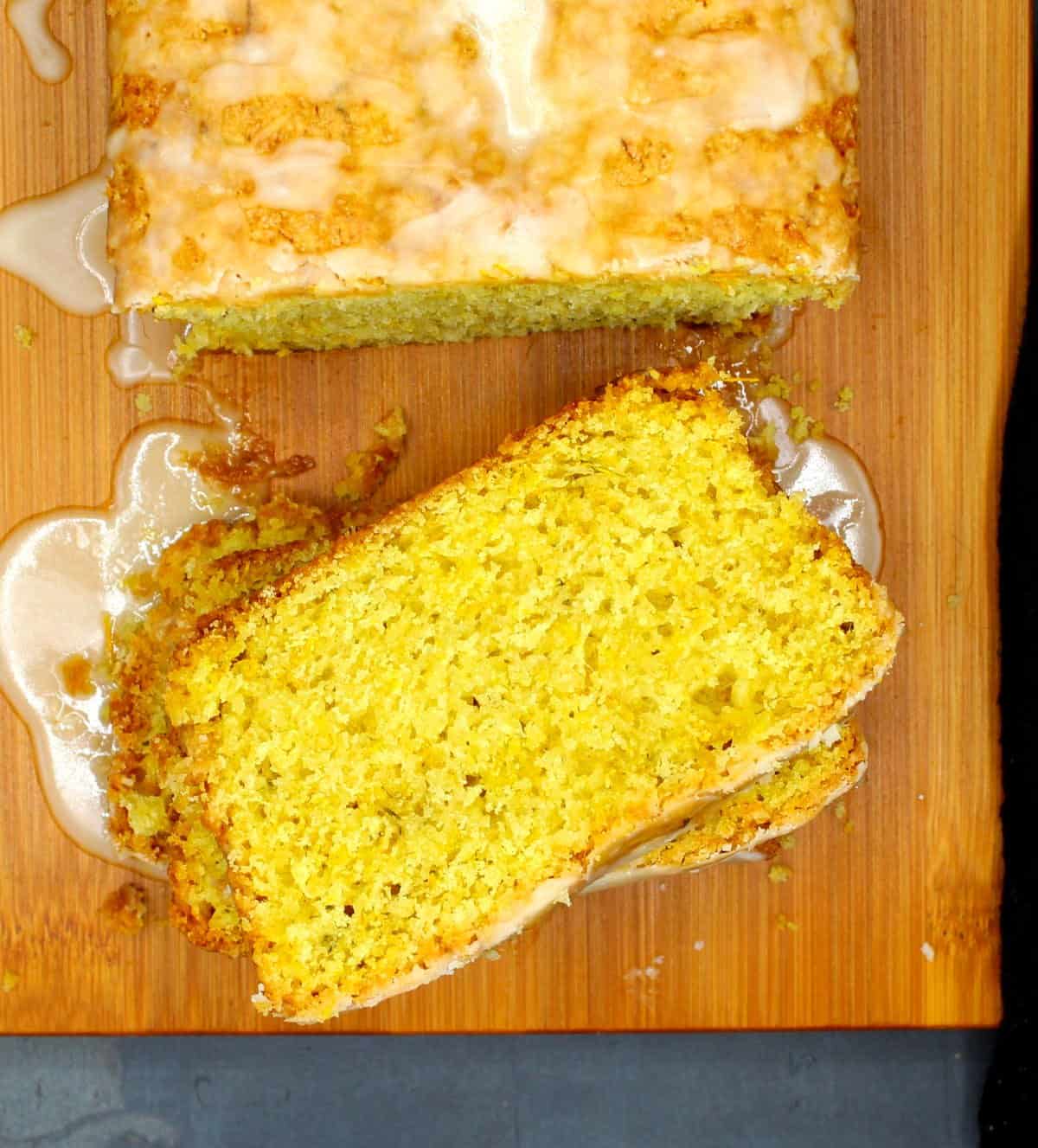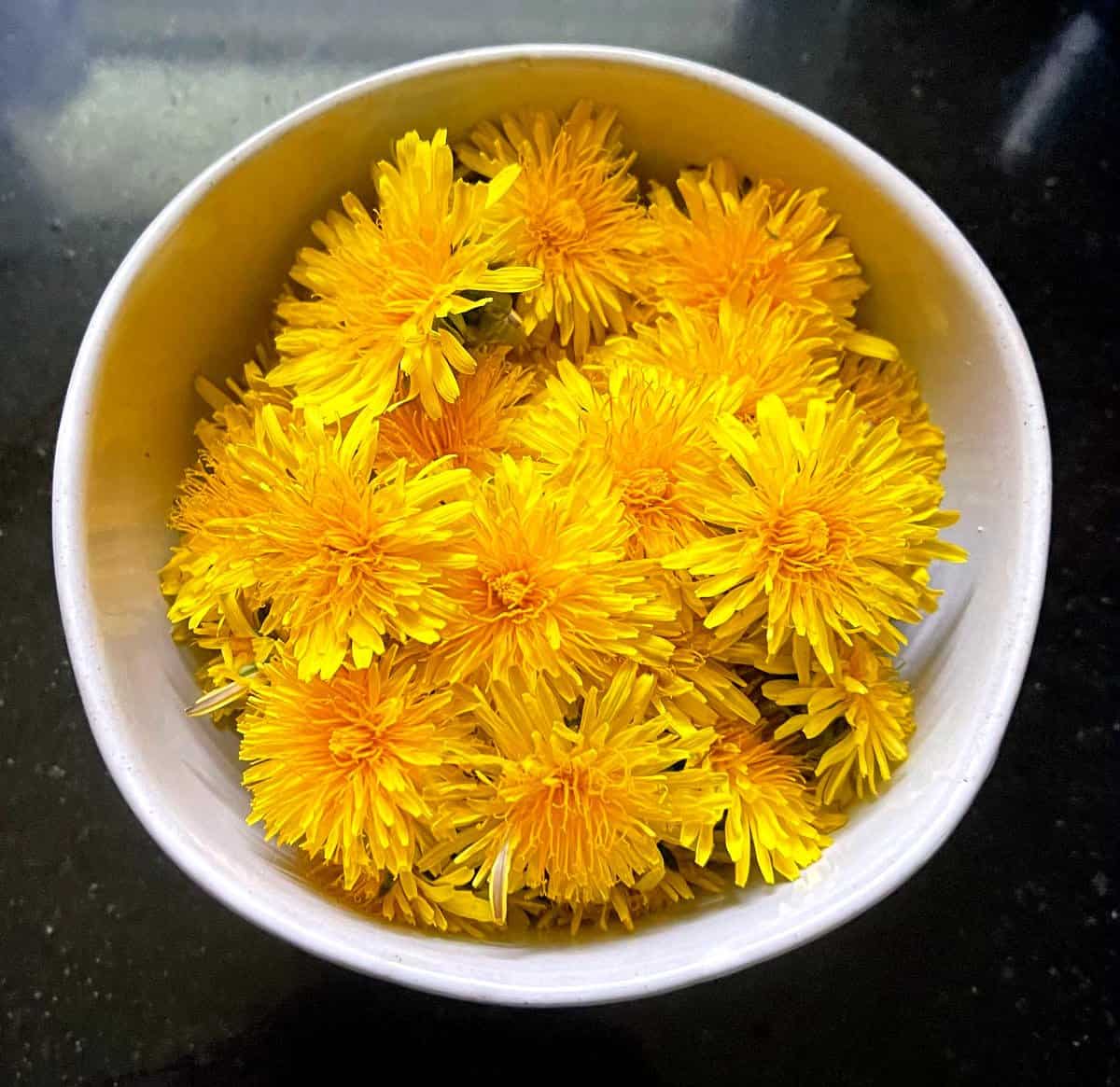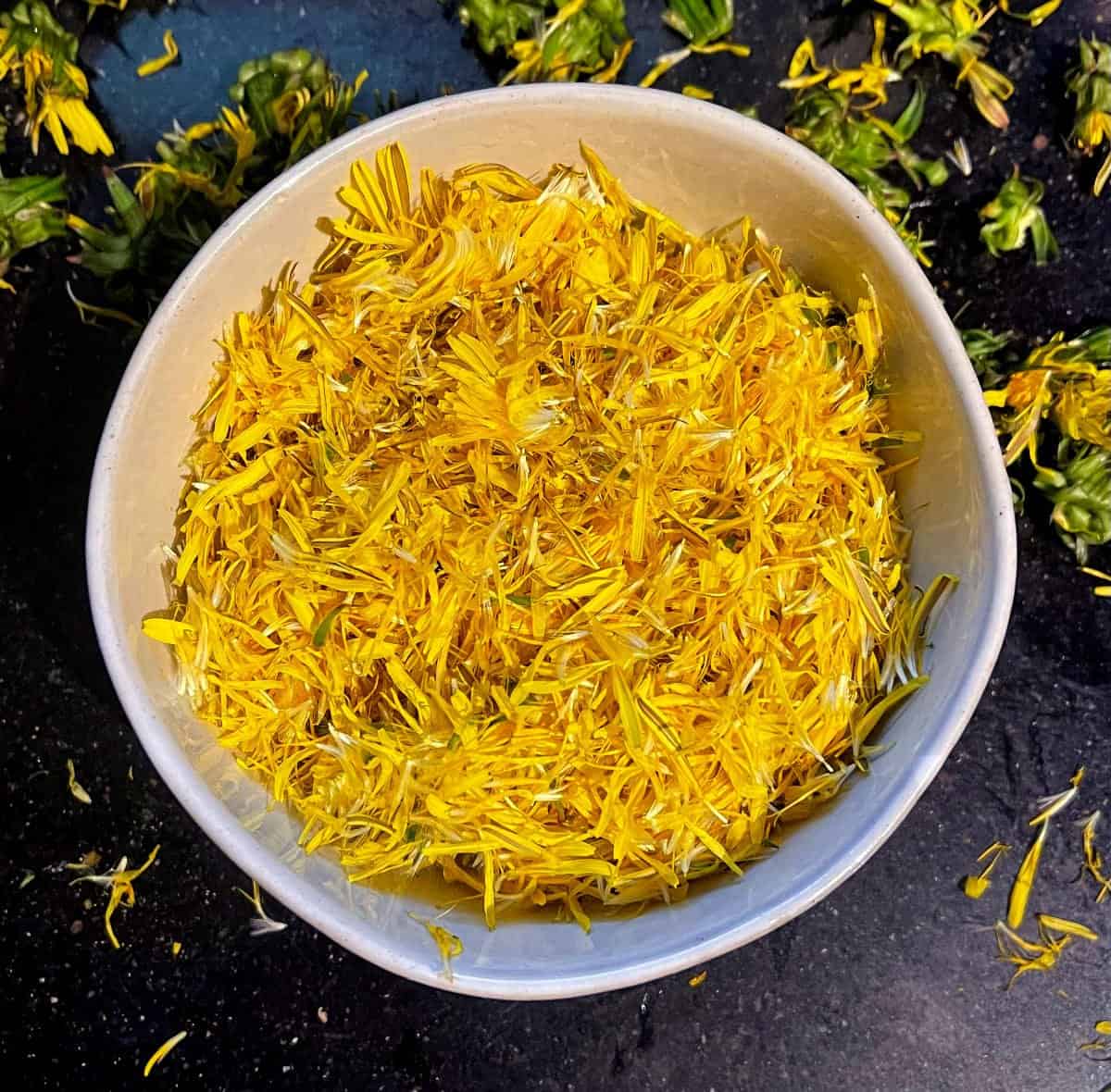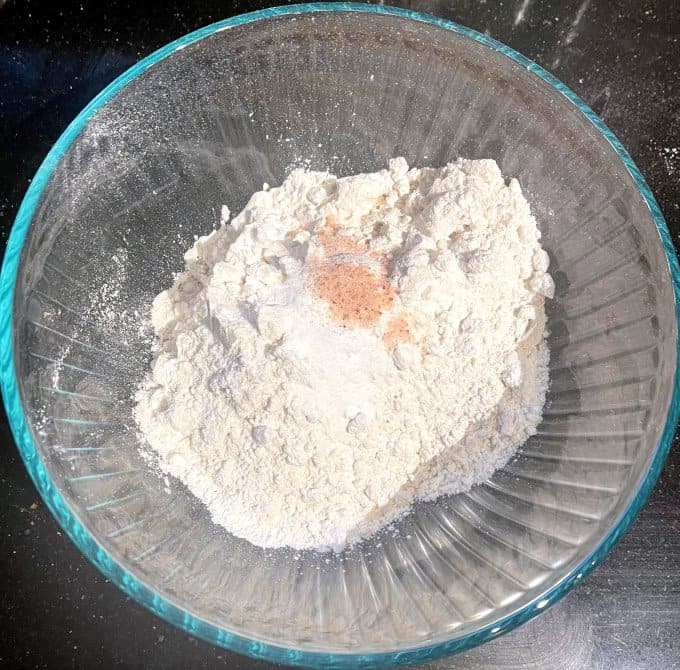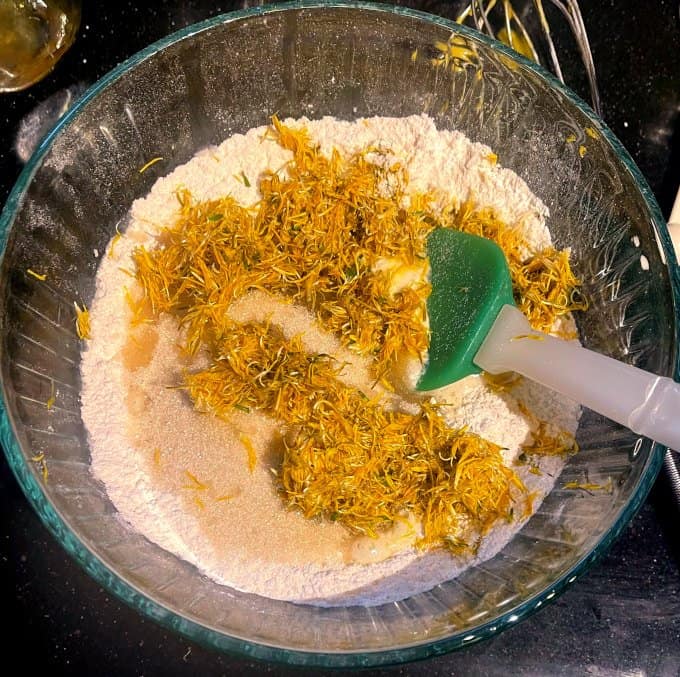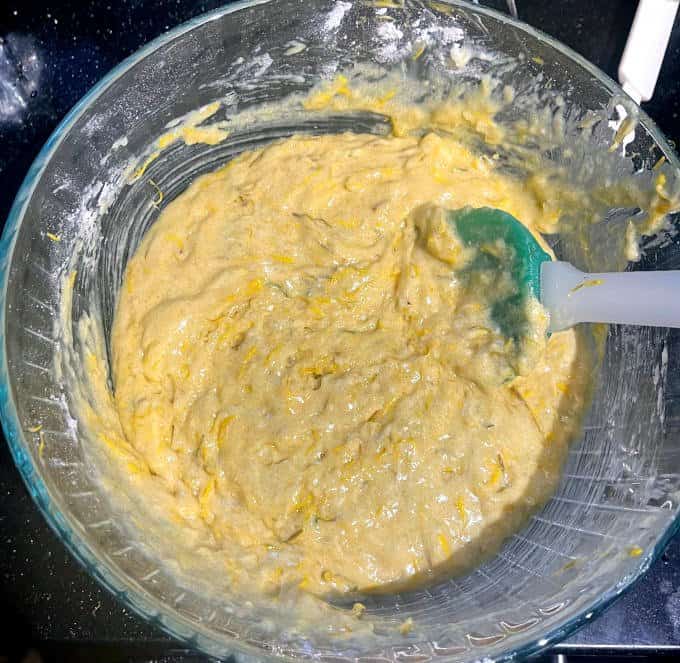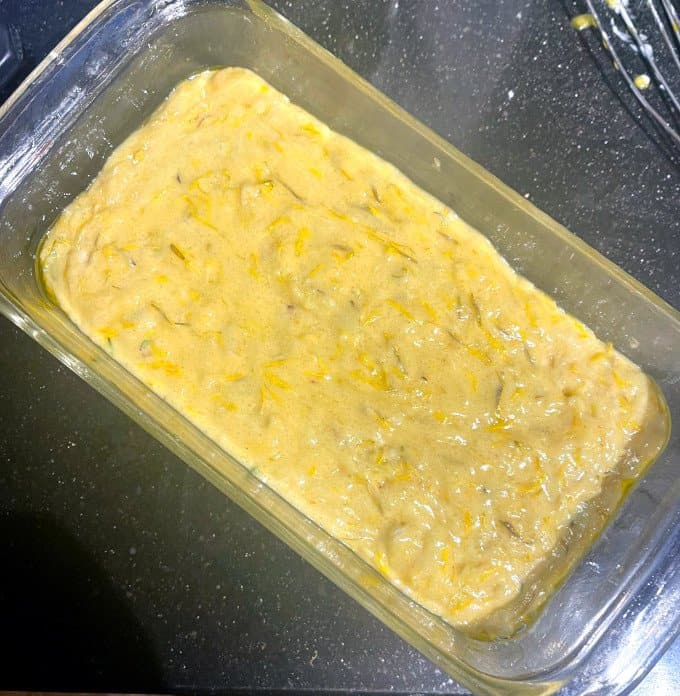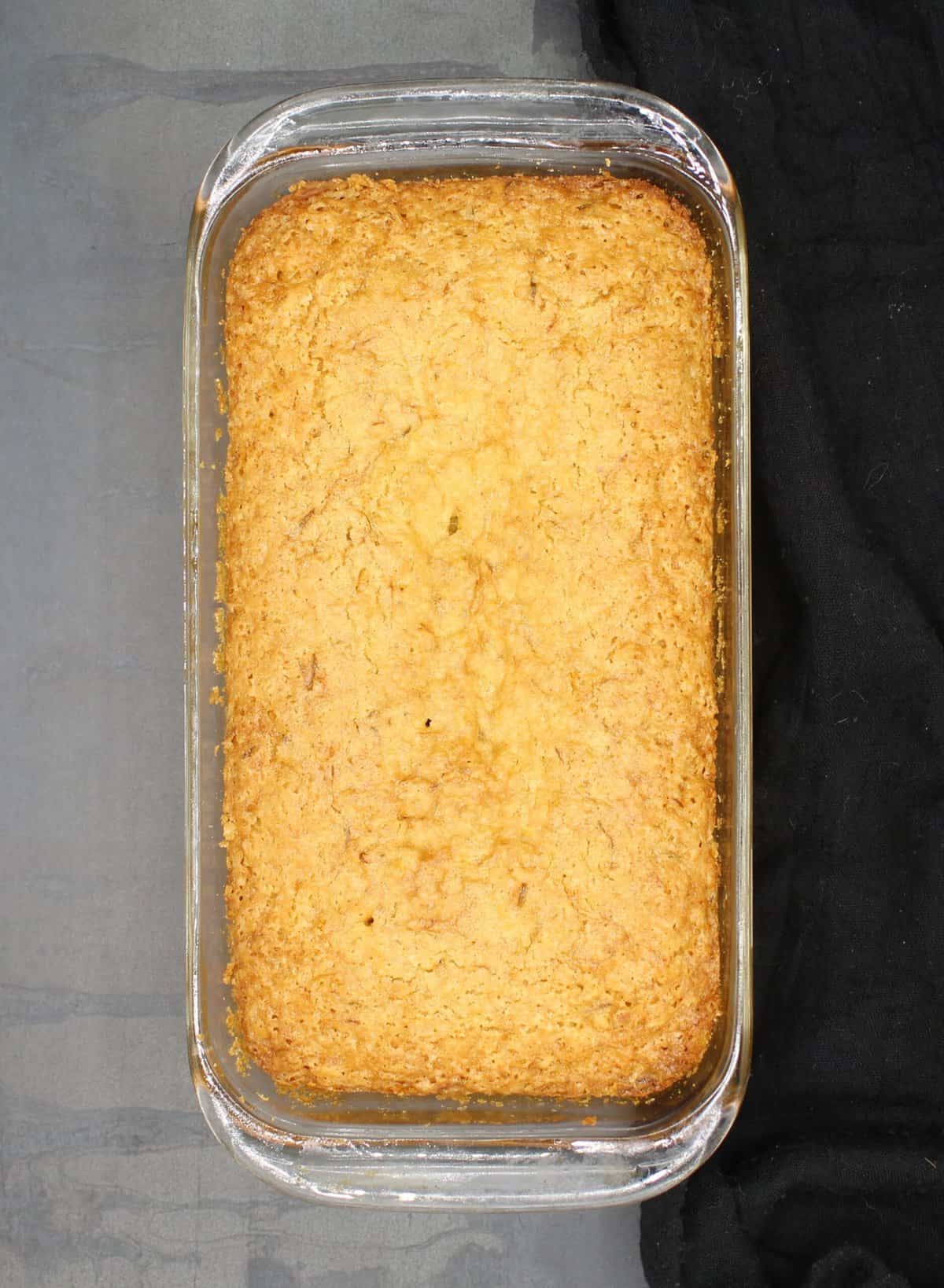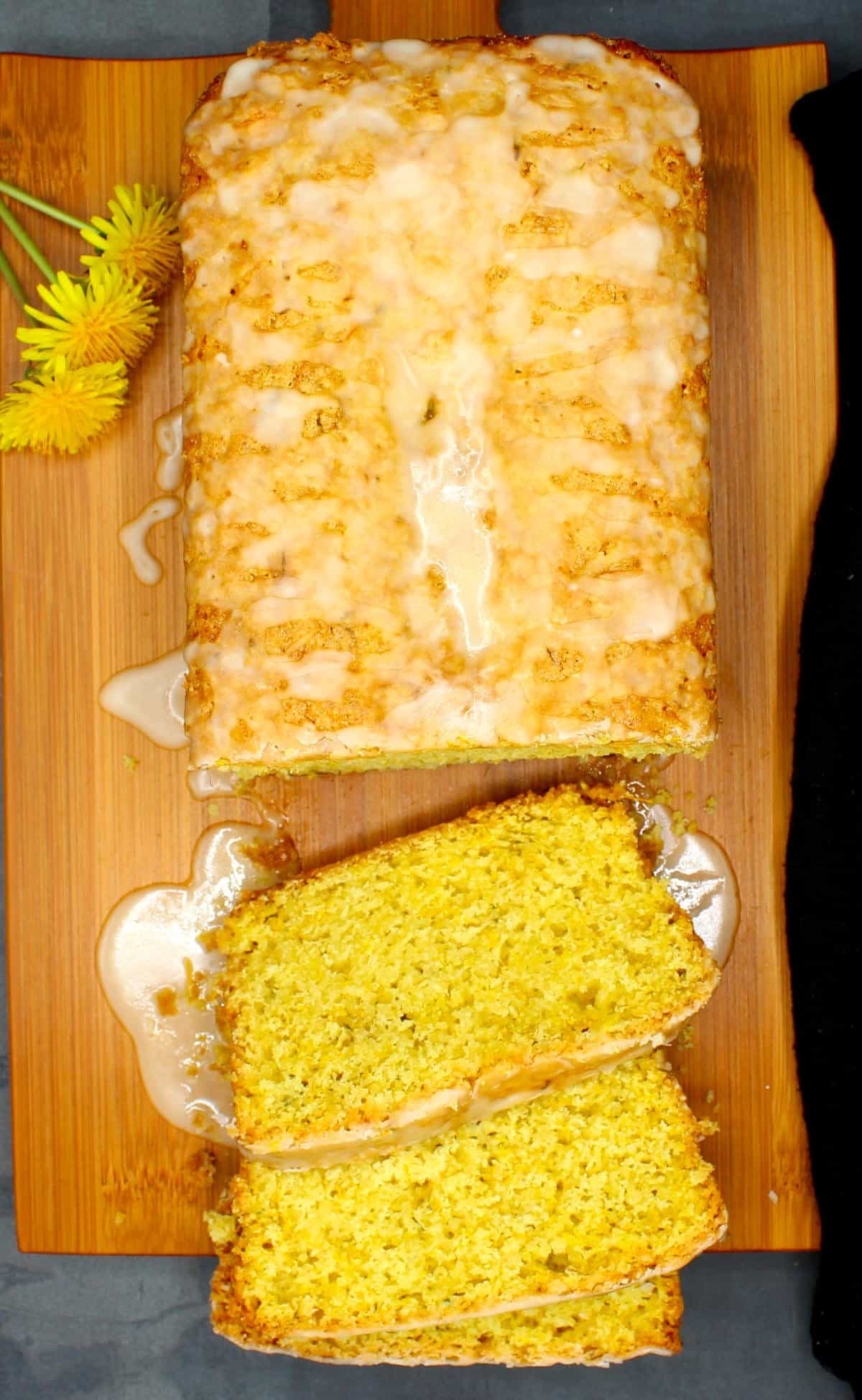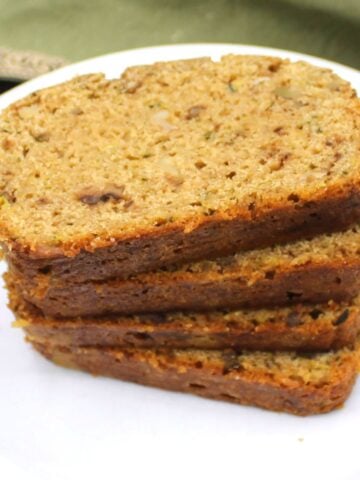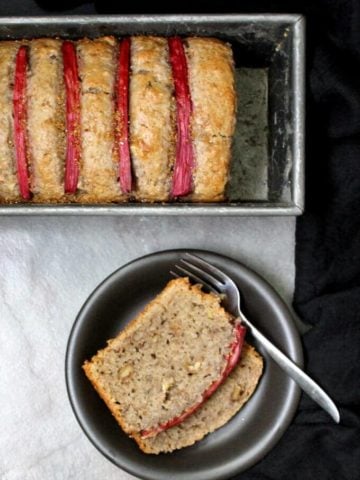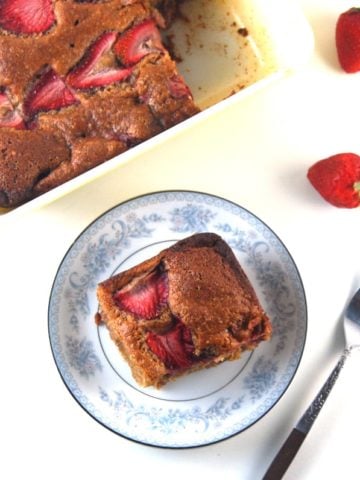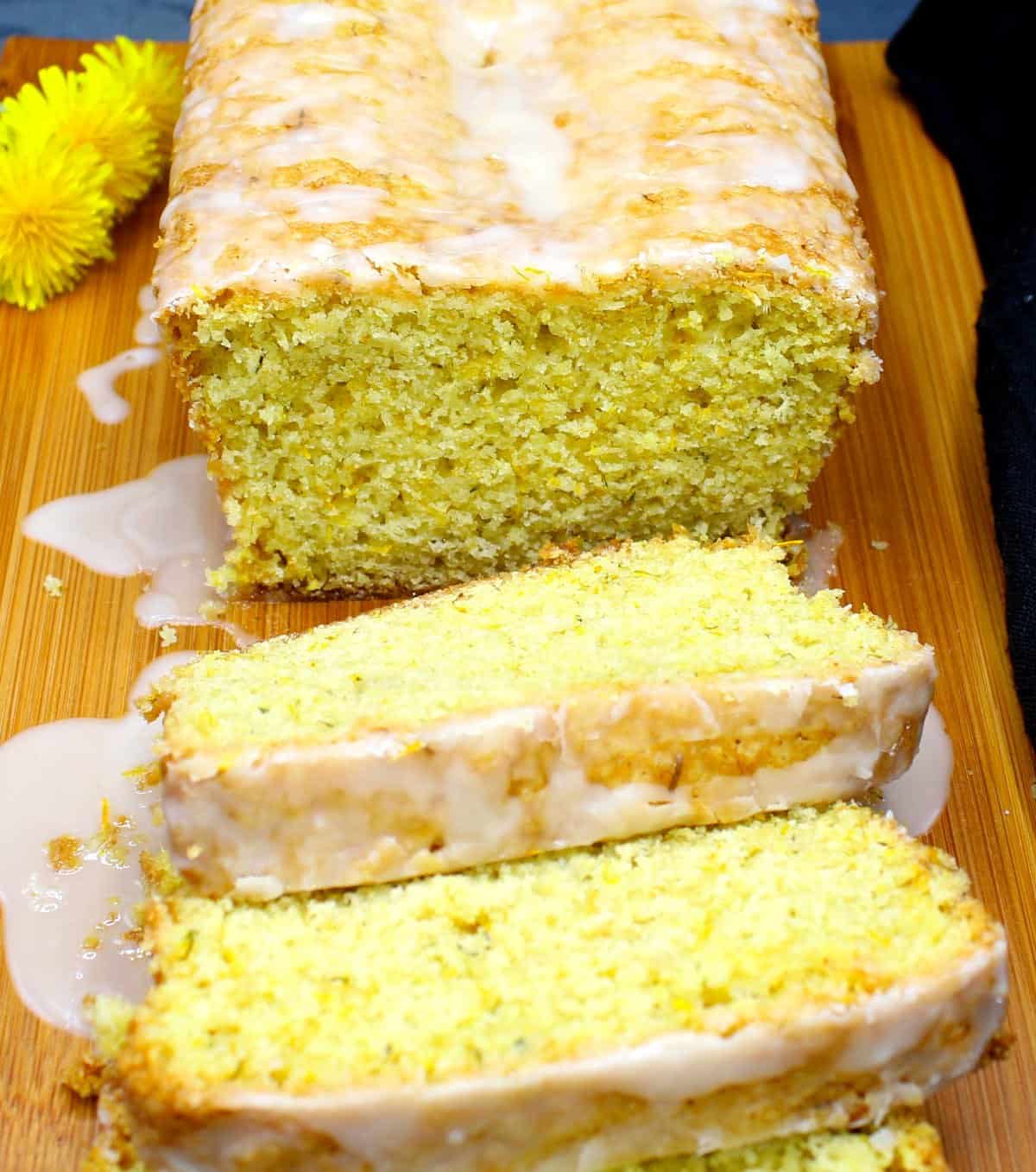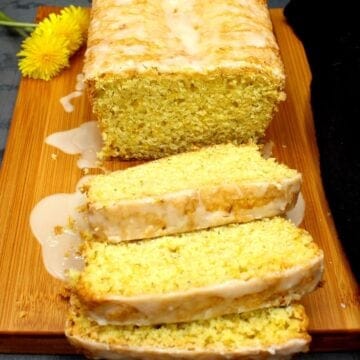If you’re a gardener, you probably react to dandelions much as I once did–yank out the suckers before they ruin my yard! But if you’re also a cook and a baker, there are lots of reasons you should grow to love them, like this delicious vegan dandelion bread. The bread is infused with the translucent yellow petals of the dandelion flower and with the sweetness of coconut milk. The dandelion flowers add a honey-like sweetness and beautiful color to the bread, but that’s not all: they also add superfood nutritional value. Once I had set aside my prejudice against dandelions I grew to love them. Now a carpet of dandelions makes me smile. Everything about a dandelion is wonderful: the root, the leaves and the flowers are all edible and among the healthiest things you can consume, and spring, when dandelions are plentiful, is a great time to do so. I hope you’ll try this dandelion bread and tell me all about it! Also be sure to check out my post on how to use dandelion greens in your cooking. It includes a recipe for a fantastic, creamy dandelion soup.
Why dandelions are good for you
If you think about it, nature gives us all the encouragement we need to eat healthy. Why else are dandelions so abundant? I am not yet an avid forager for wild edible plants (except dandelions), mainly because I don’t know enough about them to feel comfortable that I won’t poison my family, but it’s something I hope to learn someday because just think about it: dandelions, sunchokes, purslane, wild onions, even mushrooms–these are some of the best foods we can put into our bodies and they grow wild all around us. What’s more, they are all delicious and they can be cooked in so many ways. Dandelions are perhaps the most ubiquitous of this lot and amazingly, nearly the entire plant can be consumed (other than the stems of the flowers which tend to be bitter with a milky substance). Nutritionists say dandelions are even more nourishing than spinach and kale. They are packed with antioxidants, vitamins A, C and K, calcium, potassium and folate, and can help control blood sugar and cholesterol, as well as reduce inflammation in the body. Dandelions are also among the most prebiotic foods, with fiber that helps populate your gut with good bacteria. When you pick dandelions, make sure you do so in an area you know is not sprayed for pesticides or weed killers. As spring bloomers dandelions are also important for early pollinators, so make sure you don’t strip an area clean of dandelions when you pick them–leave plenty behind for the bees. I usually add tender dandelion leaves foraged from my backyard (and bought at the market in winter) to curries, scrambles, pastas (like this farfalle with dandelion greens) and salads. Dandelions are great in Indian foods as well, and their slight bitterness makes them especially suited to foods where you’d add fenugreek leaves, or methi. I’ve not actually used dandelion root in my cooking but I believe that when dried and roasted it makes a great tea. You can also cook with the roots and that’s next on my list. As for the flowers: I started collecting dandelion flowers in my backyard and drying them this spring mainly to make oil infusions for salves. But then I read more and more about how the flowers are sweet and amazing in desserts (you can even use them to make a vegan “honey”). The more I researched dandelion flowers and their nutritive value (according to some accounts they are even more nutritious than the leaves), the more I was in love. And that’s where the idea for this dandelion bread was born.
Why you’ll love this vegan dandelion bread
How to make vegan dandelion bread
Preheat the oven: Preheat to 350 degrees F/175 degrees C. Prepare a loaf pan: Prepare a loaf pan by brushing it with oil. Separate and wash the dandelion petals: Separate the yellow petals only for use in the bread and discard the rest of the flower. (Each yellow “petal” of a dandelion is a flower itself with the entire “flower” head being a collection of multiple flowers–but that’s a botany lesson for another day). You should have a cup of dandelion petals. I prefer to wash the petals in a strainer after separating them, I just find it easier, but you can wash the flowers first and then separate the petals if you wish.
Whisk dry ingredients: In a large mixing bowl whisk the dry ingredients together–the flour, baking soda, baking powder and salt. Add wet ingredients: To the bowl add the vegetable oil, coconut milk, lemon juice, dandelion petals and sugar.
Mix the batter: Use a spatula to mix the batter until everything is incorporated and there are no dry streaks of flour. Don’t overmix–stop once all the ingredients are incorporated. Scrape batter into loaf pan. Use the spatula to smooth the top.
Bake: Bake the loaf for 40-45 minutes or until a toothpick in the center of the loaf comes out clean. Cool and unmold. I wait until the bread has cooled on a rack for an hour before I unmold it. Run a knife along the edges of the bread to make sure it unmolds easily. You can continue cooling it on the rack.
Make the optional lemon glaze
The glaze is not necessary but I highly recommend it because it really complements the sweet cake. Check to get new recipe updates by email.
To make the glaze whisk all ingredients thoroughly in a bowl. Pour the glaze over the bread after it has cooled and after unmolding it. Wait for the glaze to dry before slicing.
Storage instructions
Refrigerate: The bread will keep nicely in the fridge for up to four days. Freeze: To freeze the bread place the whole loaf or slices in an airtight container. Freeze for up to three months. Thaw before serving.
More delicious vegan loaf cake recipes
Recipe card
